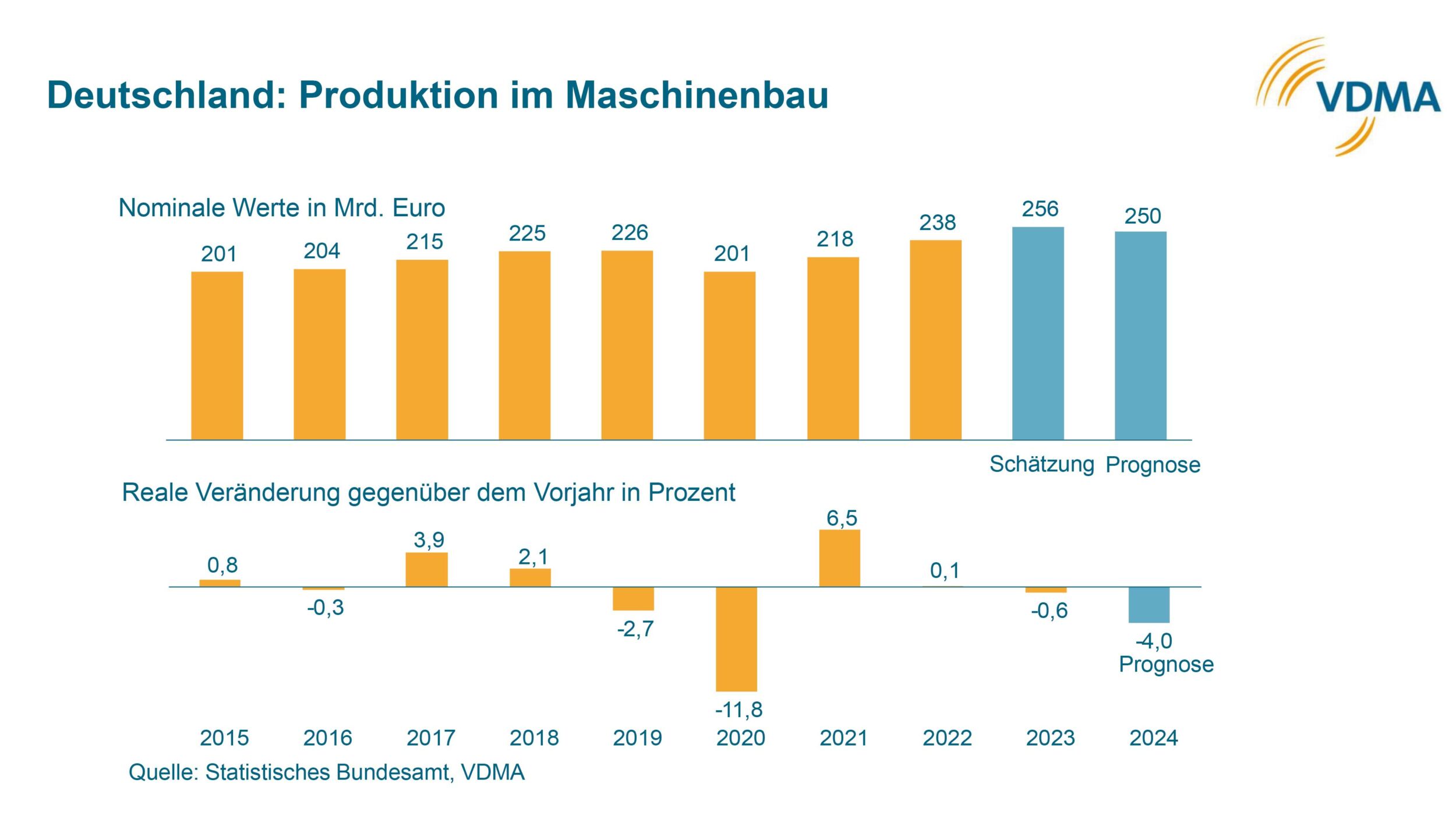The future of CoaXPress
CoaXPress group is working at CoaXPress 1.2 and 2.0
Since it has been approved as an official standard in 2011, CoaXPress (CXP) has gained a significant status in the machine vision ecosystem. Numerous compliant products (cameras, cables, frame grabbers, converters, repeaters…) are now available and adopted by machine makers and system integrators worldwide. Moving forward, the CoaXPress workgroup is currently working on CoaXPress 1.2, as well as the next significant evolution of the standard, CoaXPress 2.0.
CoaXPress 1.2
CoaXPress carries high-definition high-frame-rate video over standard coaxial cables. Compared to traditional video transport standards such as SDI (and HD-SDI as well as 3G-SDI), it provides the significant advantage of supplying power to the camera (PoCXP, Power over CXP) and controlling the camera, all over the same cable. CXP is then used to transport video in applications such as in-vehicle monitoring or in other defense and military applications that require high levels of robustness and resistance to high and low temperatures. Beside technical clarifications and corrections of the specification, CoaXPress 1.2 introduces the use of a screw-on coupling DIN 1.0/2.3 connector, which will ensure additional robustness against shocks and vibration.
CoaXPress 2.0
The main factor driving the adoption of CoaXPress in the vision inspection machine market is the bandwidth that it provides, putting the next generation high resolution and high frame rate cameras within reach. A major feature of the next revision of the standard, CoaXPress 2.0, is the increase of the maximum connection bit rate to 12.5Gbps. Currently, the maximum data rate over a single connection is 6.25Gbps (CXP-6). The next revision of the standard will specify two additional data rates, CXP-10 (at 10Gbps) and CXP-12 (at 12.5Gbps). The target of this evolution is twofold: Increase the maximum bandwidth available: With four cables and CXP-12 connections, the maximum data transfer rate will be 50Gbps, or 5GByte/s. For example, this is sufficient to operate a 10Bit 12MP-area-scan sensor at more than three hundred images per second, or an 8Bit 16k line-scan sensor at 300 thousand lines/s. Cost reduction: Most of the CoaXPress cameras available today need two or four connections. Increasing the connection bandwidth will reduce the number of connections (and frame grabbers) and cables required per camera, as well as the total cost of the system.
Camera Link Upgrade
In addition, CXP-10 and CXP-12 will allow the replacement of the popular ´Camera Link Full´ connection by a single CoaXPress connection. The Full configuration of the Camera Link standard provides a bandwidth of 850MB/s (80Bits at 85MHz). CXP-10, with a bandwidth of 1.000MB/s, will exceed that requirement, allowing the replacement of two complex Camera Link cables by a single simple coaxial cable in these applications. As frame grabbers with four (and more) connections are currently available, this will also reduce the number of PCIe slots required for frame grabbers in multiple camera applications. The new technology will also lower the cost of CoaXPress accessories, such as repeaters, split boxes or cables that would be required.
Cable Length
The bandwidth increase will be possible while retaining the advantage of the cable length, which is a significant benefit of the CoaXPress technology over other high transfer speed standards, such as USB3. The transfer protocol will integrate optional support for a forward error correction mechanism, enhancing even more the reliability of CoaXPress in harsh environments.
Data striping
At these data transfer rates, the amount of data to process may easily exceed the host PC processing power. To solve this issue, CoaXPress 2.0 will support solutions for distributing camera data to several PCs in parallel, allowing them to share the image processing workload.
3D Imaging
The coming CoaXPress 2.0 will include extensions for 3D and multi-part imaging, participating in the global trend of the industry and the increasing adoption of 3D imaging techniques.
Roadmap
The new technologies required by CoaXPress 2.0 already exist as engineering samples and prototypes are under evaluation among the major providers of CoaXPress products. Evaluation and testing will continue in 2016; the goal is to announce CoaXPress 2.0 compliant products at the Vision Show 2016 in Stuttgart.












